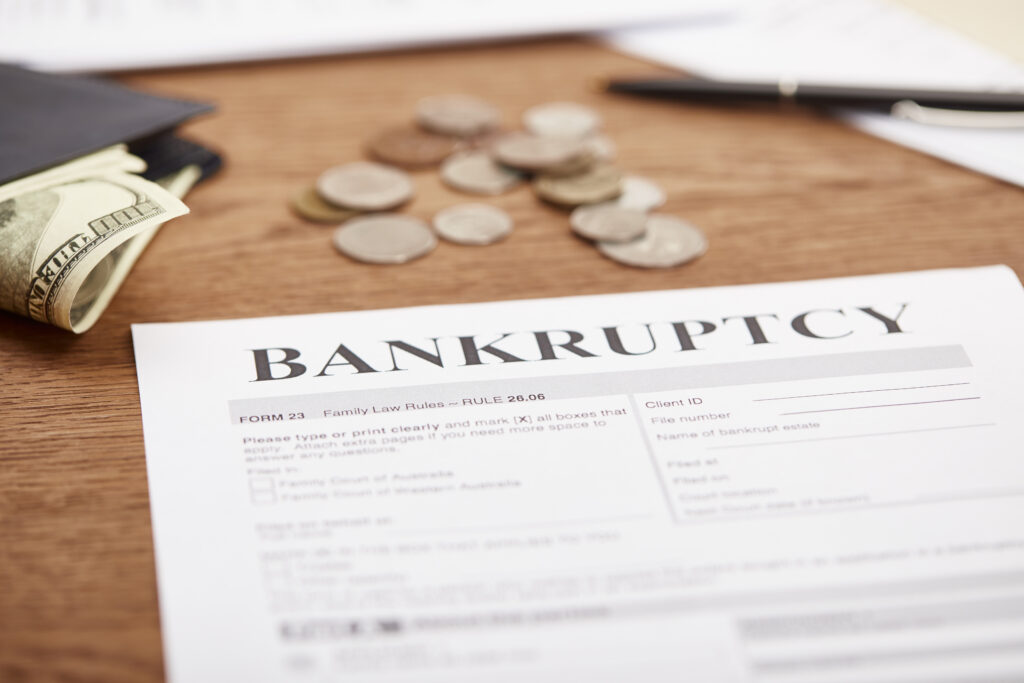Understanding Bankruptcy and Your Options
Bankruptcy can feel like a last resort, but for many people struggling with debt, it’s a necessary financial reset. Life events like job loss, medical emergencies, or divorce can create financial strain that snowballs over time. Bankruptcy exists to help individuals and businesses reorganize or eliminate debt under court supervision.
There are several types of bankruptcy, but for most consumers, Chapter 7 and Chapter 13 are the most relevant. Chapter 7, often called “liquidation bankruptcy,” can discharge most unsecured debts like credit cards and medical bills. Chapter 13 allows for the reorganization of debt and a structured repayment plan over three to five years.
Choosing the right chapter depends on your income, assets, and financial goals. Understanding the differences—and the potential long-term impacts—is the first step toward making informed decisions.
Bankruptcy Myths That Keep People from Taking Action
A lot of people avoid bankruptcy out of fear or misinformation. One common myth is that you’ll lose everything you own. In reality, most states have exemptions that protect your essential assets—like your home, car, and retirement accounts.
Another widespread misconception is that your credit will be permanently ruined. While it’s true that bankruptcy will remain on your credit report for 7–10 years, many people begin rebuilding their credit within a year of filing. It’s also worth noting that your score may already be damaged from missed payments, collections, or maxed-out accounts. Bankruptcy can offer a clean slate and the opportunity to rebuild.
Life After Bankruptcy
Filing for bankruptcy is just the beginning of your financial recovery. The months and years that follow are an opportunity to build better habits, save strategically, and make smarter financial choices.
A good first step is creating a budget that reflects your new financial reality. Tracking your income and expenses helps prevent overspending and identifies areas where you can save. Setting up automatic bill payments can also help ensure you never miss another due date.
It’s also wise to start rebuilding your credit gradually. Secured credit cards or credit-builder loans are designed for this purpose. Use them responsibly, keep your balances low, and pay them off each month. Over time, you’ll improve your credit profile and qualify for better financial products.
When to Consult a Bankruptcy Professional
The bankruptcy process can be confusing and intimidating—especially if you try to go it alone. Laws vary by state, and each bankruptcy chapter has its own rules, forms, and eligibility requirements.
That’s where working with a knowledgeable bankruptcy attorney Chicago comes in. An experienced professional can help you determine the best chapter to file under, protect your assets, handle creditor communications, and guide you through each step of the process.
Bankruptcy attorneys also help clients avoid common mistakes—like failing to disclose assets or missing court deadlines—that could delay or derail your case. Even a minor error can lead to your case being dismissed or your discharge being denied. Having someone who understands the system can reduce stress and improve your chances of a successful outcome.
Alternatives to Bankruptcy
Before making a final decision, it’s worth exploring all your options. Bankruptcy can be a powerful tool, but it’s not the only one. Some people can resolve their debts through negotiation, consolidation, or credit counseling.
Debt settlement involves negotiating with creditors to accept less than the full amount owed. While this can reduce your balances, it may also impact your credit and lead to tax consequences. Debt consolidation rolls multiple debts into a single payment—usually with a lower interest rate. This can simplify your finances and reduce the total amount paid over time.
Nonprofit credit counseling agencies also offer guidance and can help you create a debt management plan. This option may be less damaging to your credit than bankruptcy and can be a good fit if you have steady income and just need better structure.
Protecting Yourself From Predatory Practices
If you’re facing serious debt, it’s important to be cautious about the services you seek out. Unfortunately, financial stress makes people vulnerable to scams and predatory practices.
Watch out for debt relief companies that promise quick fixes or ask for large upfront fees. Always check reviews and credentials, and don’t be afraid to ask questions about how services work. A reputable firm will be transparent about fees, risks, and outcomes.
Choosing to work with a bankruptcy attorney Chicago means you’re working with a licensed legal professional bound by ethical standards. They’ll put your best interests first—not just try to sell you on a particular solution.
The Emotional Side of Bankruptcy
Beyond the numbers, bankruptcy takes an emotional toll. Shame, guilt, and fear are all common reactions—but they’re also unnecessary. Many successful people have filed for bankruptcy and gone on to lead financially healthy lives.
If you’re feeling overwhelmed, know that you’re not alone. Millions of Americans have faced similar challenges and come out stronger. Bankruptcy is not a sign of failure—it’s a legal process designed to help you recover.
Support systems matter, too. Whether it’s talking to a friend, joining an online forum, or working with a counselor, don’t isolate yourself. The journey to financial recovery is easier when you have people in your corner.
Building a Brighter Future
Bankruptcy isn’t the end—it’s a new beginning. Whether you file Chapter 7, Chapter 13, or explore alternatives, the most important step is to take action. Avoiding the problem will only make things worse.
Learn about your options, get help when you need it, and make a plan to move forward. A clear financial path begins with honest assessment and informed decisions. You’ve got more control than you think—use it wisely.
And when you’re ready, working with a bankruptcy attorney Chicago can give you the clarity and confidence to take the next step.





